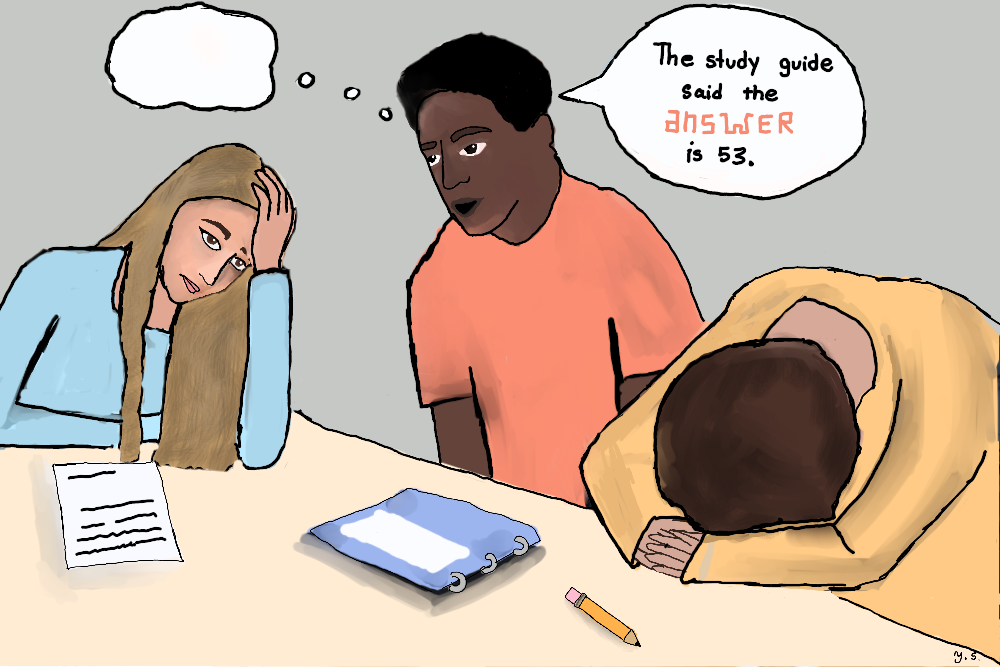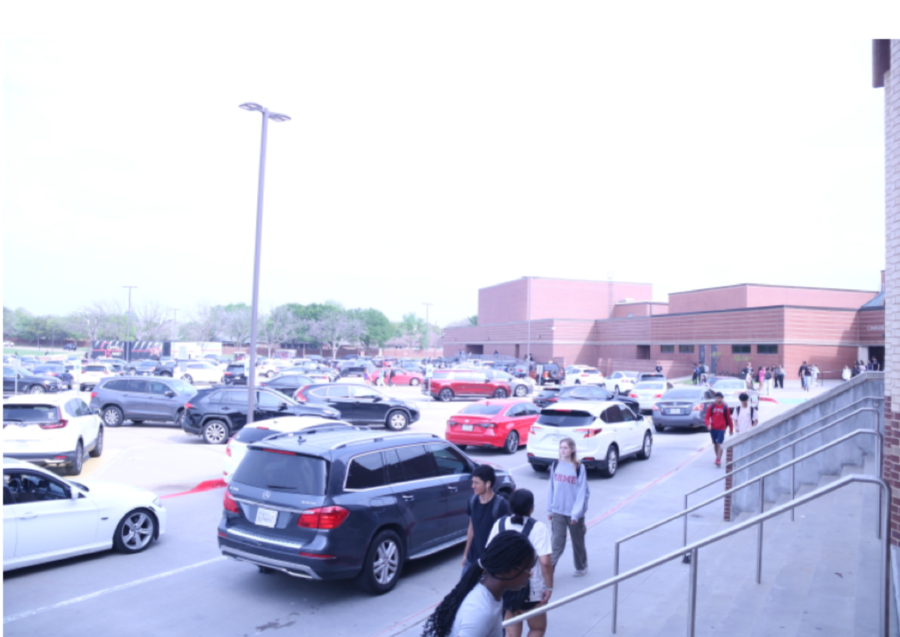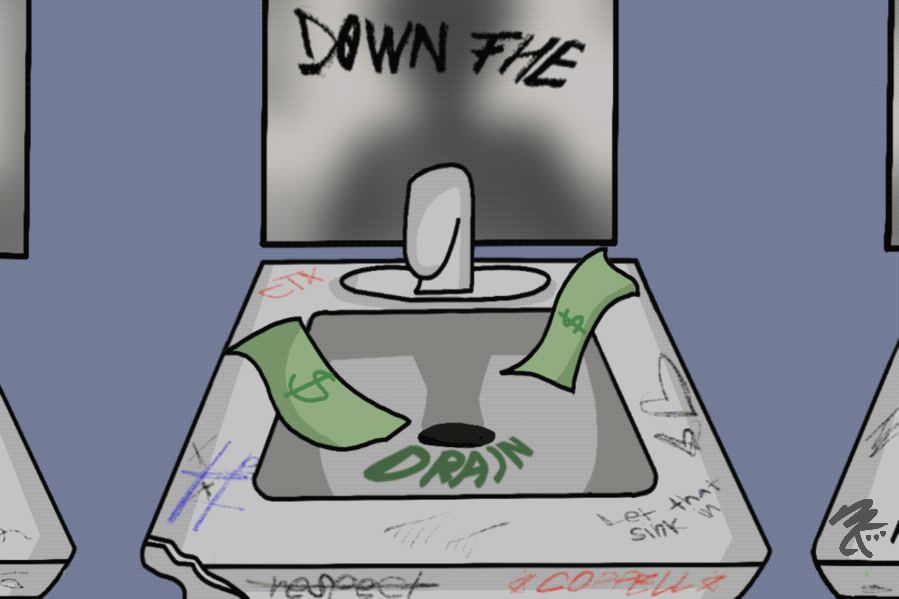By Mike Pankonien
Staff Writer
Summer vacation: what’s not to like? Two glorious months of total freedom; no school work, no teachers, no annoying kids blocking your way in the halls. Just you and whatever you want to do…that is until those two glorious months end and you’re hurled back into the school system.
When students return to school having forgotten everything they were previously taught and fallen into a lax routine of laziness, is it really wise to postpone returning to school for two months? Wouldn’t a shorter summer be better?
Don’t get me wrong, I’m anticipating for summer just as much as the next guy. But what leads to this wrecked condition of students? The last minute barrages of AP tests and final exams? The constant grind of returning to school every day of every week? The late night cramming sessions? The early morning test preps?
While the first semester of school allows for the unrelenting schedule of school due to its less intensive lesson plans, the same cannot be said of a second semester filled with not just students testing on new material, but being required to test on old material as well.
Think about it: our school schedules involve two extensive semesters of schooling, one after the other with decent breaks in between. These weeks off between the semesters are not fit for the kind of rest and recuperation that students need. While they do provide immediate relief to students at the end of one semester, they do nothing for the accumulating stress and fatigue throughout the next semester.
Summer as well could be called ineffective; while the two months provided to students could certainly help students recover from the previous school year, it is perhaps too effective. Students end up returning the following year with their minds dulled and their work ethics diminished. Time that could be spend learning and covering new concepts at the beginning of a new school year is ultimately used to cover basic concepts students have already learned; the end result is that the rest provided to worn out students ultimately carries them two steps backwards.
A far more efficient and healthy measure would be one that which has been suggested before and fundamentally turned down is replacing our outdated methods for a schedule involving constant schooling broken up by multiple, smaller breaks. Instead of a winter break, a spring break and summer break, students would see small (about a week) breaks at the end of a six weeks. As weekends provide less and less refuge to students thanks to weekend projects and student’s own procrastination, these week long breaks become more and more necessary.
As I’ve said before, the idea of a more student friendly schedule has been looked over and turned down by the school district before. You may remember the blocked schedule that was tested piloted for two weeks in the 2008-09 school year. The block schedule (another modern, student friendly model) was turned down for similar reasons that the alternative break schedule is usually frowned upon; such a schedule increases the number of school days which simply costs too much money (more school days means more teachers on the payroll).
Until schools decide they care more for their student’s academic success than their wallets, students will continue to face the unyielding grind of our current two semester model.








